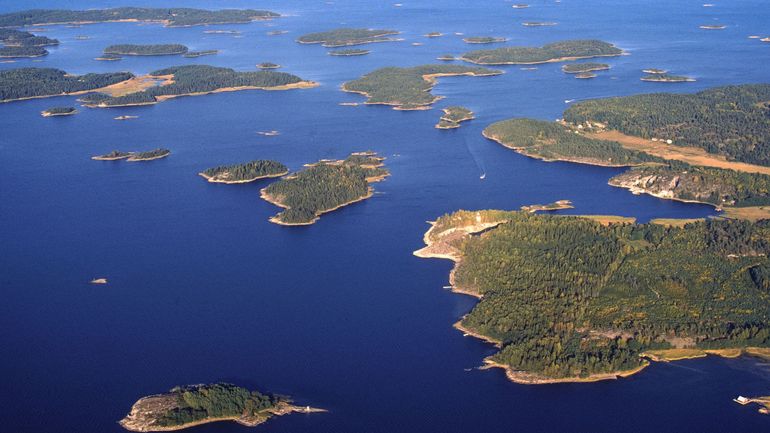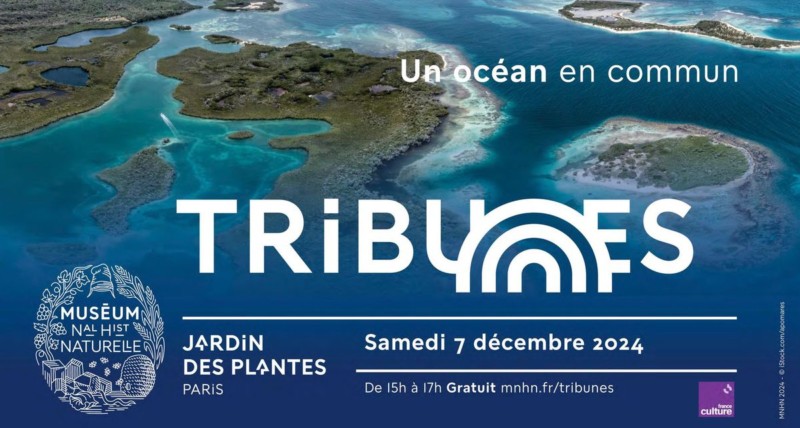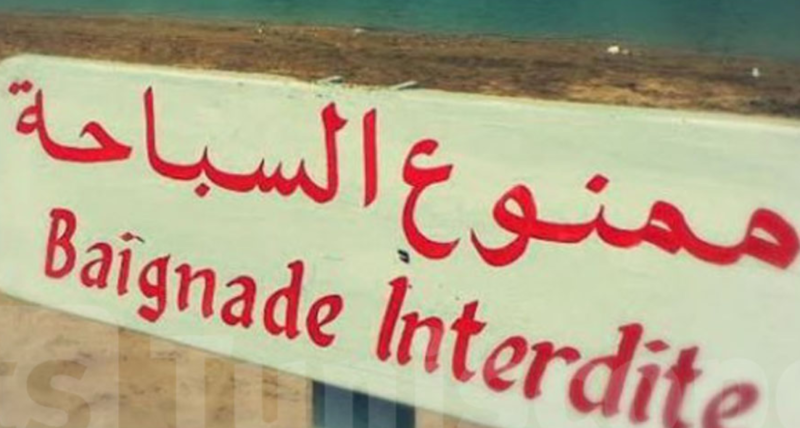Between pollution, overfishing and climate change, the Baltic Sea is under pressure. For a century, the youngest sea on the planet has been dying without making a wave.
The scourge of eutrophication
The Baltic Sea is one of the most polluted seas in the world. In 2019, the European Environment Agency indicated that 96% of the body of water was contaminated by synthetic products and heavy metals.
The main cause of this ecological drama? Eutrophication. A form of pollution due to an accumulation of nutrients in the water which promotes the development of algae and cyanobacteria. This proliferation of microorganisms has dramatic consequences. It depletes, among other things, the oxygen levels of the water, threatening the marine fauna and flora of the region.
The non-treatment and discharge of wastewater, notably by Russia, in the Baltic, have long contributed to this phenomenon. However, the main cause of this catastrophe is above all agriculture. The massive use of fertilizers and pesticides by the European Union countries bordering the Baltic Sea (Poland, Germany, Estonia, Lithuania, Latvia, Denmark, Sweden, Finland), overloads the waters with nutrients such as nitrogen. or phosphorus.
Global warming as an accelerator
Landlocked and shallow, the Baltic Sea is also particularly vulnerable to global warming. In addition to promoting the proliferation of micro-organisms, the water tends to heat up. This rise in temperatures greatly affects marine animals and plants.
On the one hand, new species of crab or fish, such as the round goby, are appearing in its waters. On the other, species are becoming rarer. This is the case, for example, of salmon or cod, once abundant in the region.
Climate change also affects the renewal of water from the North Sea. An upheaval which leads to a drop in the salinity of the Baltic waters, and which further reduces the oxygen present in the body of water. For several years, several scientists have agreed that the Baltic is a dead zone in waters more than 80 meters deep.
Marine species facing overfishing
Fishing also plays a major role in the deterioration of the Baltic Sea. In addition to global warming and pollution, the overexploitation of fisheries resources also threatens the region’s marine species. From Atlantic sturgeon to cod, many species face or have faced overfishing.
Herring is one of the fish threatened by climate change and overfishing. It represents 80% of the annual catches of Finnish fishermen. Faced with the risks for the species, the European Union has decided to cut 43% of the quotas authorized for its fishing, in 2024. Although regulated, the fishing quotas remain higher than scientific recommendations. And this does not take into account accidental catches, which also threaten fish reserves.
Beyond overfishing, you should know that the Baltic Sea is one of the busiest in the world. This maritime flow generates on average one oil spill per year.
A sea poisoned by war
The area has long been a military dump. Too often forgotten, the two world wars still have an impact on this sea. Mines, grenades, bombs, chemical agents, around 300,000 tonnes of unexploded munitions and 220,000 tonnes of chemical weapons were thrown to the bottom of the Baltic Sea. And again, this figure is only an estimate, it does not take, for example, into account the ammunition lost during the fighting.
In addition to the risk of explosion, the arsenal lying dormant at the bottom of the Baltic Sea is poisonous for biodiversity. Over time, munitions leak chemicals that poison flora and fauna.
Even if the main sites and areas concerned have been identified and secured, underwater currents move the munitions. It is quite common for deminers bordering the body of water to intervene, even close to their coasts.
In September 2023, during the Our Baltic conference, the eight EU countries bordering the Baltic Sea committed to making an effort regarding the treatment of dumped munitions. The European Commission even announced budgetary support of 2 million euros, via a call for proposals. This aid will be intended to identify the main geographical areas affected in order to carry out a risk assessment.
A lack of European regulation
The ongoing ecological disaster in the Baltic Sea is not a new phenomenon. In 1980, the nine countries bordering the Baltic Sea (Russia, Poland, Germany, Estonia, Lithuania, Latvia, Denmark, Sweden, Finland) signed the Helsinki Convention. The objective of this text? Trying to combat pollution in the region. In October 2023, the “Our Baltic” European conference brought together the nine members of HELCOM to take stock of the Baltic Sea.
According to the new report, “little or no improvement in the Baltic Sea environment occurred during the assessment period.” He still indicates that “measures aimed at reducing pressure on the Baltic Sea work”, but only when they are put in place. However, this is what experts and NGOs denounce: too few measures are implemented to protect the Baltic Sea.
Although the EU calls some of its member countries to order for their non-compliance with their fertilizer and pesticide reduction targets, scientists denounce a lack of harmonization of legislation at European level.
A Ticket to Europe
The theme of pollution in the Baltic Sea can be found in the new program “A Ticket to Europe”.
A show in which 8 young Belgians won a ticket to fly to a European destination. By receiving a ticket at the airport with specific clues, everyone discovers the destination to which they will fly for 4 to 5 days to discover another European country. On site, the young person is encouraged to meet other people sharing the same interests and issues, enabling them to discuss the issues that concern them on a daily basis and to form a broader opinion. A unique concept between discovery and reflection intended for young people – and not so young people – presented by Pierre Galhaut and available on platforms, on TV, on radio and on social networks.




